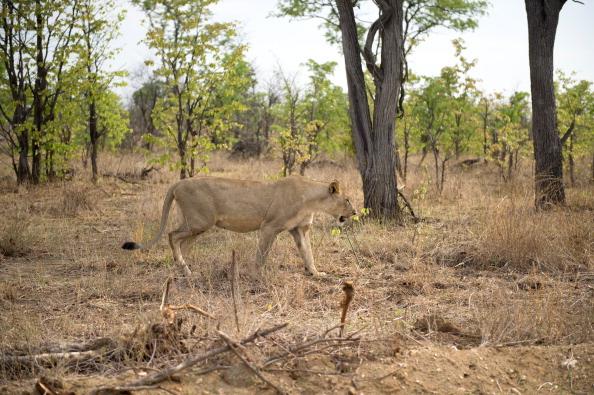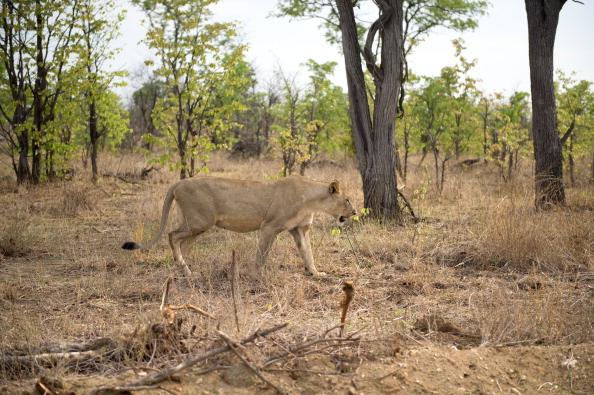The population of lions in sub-Saharan Africa is dwindling at a quick pace, according to a recent study, which found that lions have declined by more than 75 percent in the past 50 years, as farms and settlements proliferate.
The study found that there are probably only around 32,000 lions still living on the continent. In 1960, there were as many as 100,000 lions living in Africa. West African lions have experienced the greatest decline in population with only as few as 500 left in the region. Duke University researchers led the study, which was published in the journal Biodiversity and Conservation.
Researchers pinned the blame on the loss of the lion population on an increase in farming and development over that half-century span. And further, around 6,000 lions presently are in population centers with a high risk of going extinct.
Farms, Settlements Shrinking African Lion Habitat
The population of lions in sub-Saharan Africa is dwindling at a quick pace, there are probably only around 32,000 lions still living on the continent.

A lioness is pictured on Nov. 18, 2012 in Hwange National Park in Zimbabwe. Martin Bureau/AFP/Getty Images
|Updated:





